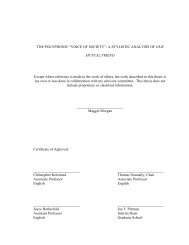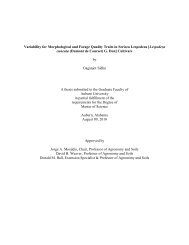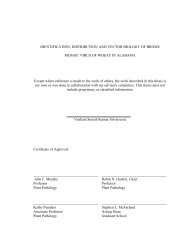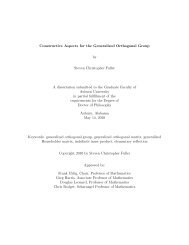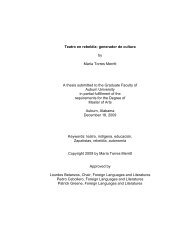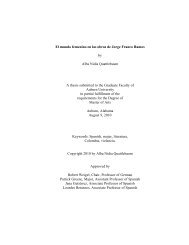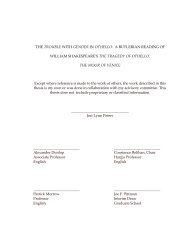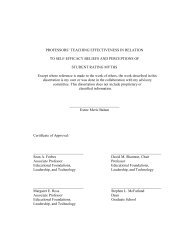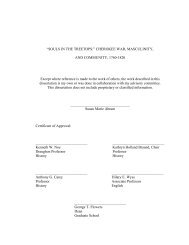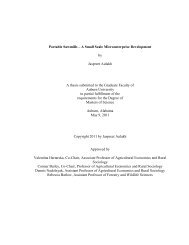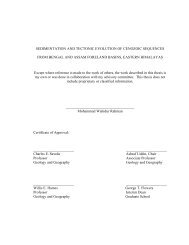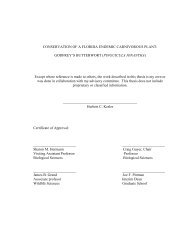Enhanced Polymer Passivation Layer for Wafer Level Chip Scale ...
Enhanced Polymer Passivation Layer for Wafer Level Chip Scale ...
Enhanced Polymer Passivation Layer for Wafer Level Chip Scale ...
You also want an ePaper? Increase the reach of your titles
YUMPU automatically turns print PDFs into web optimized ePapers that Google loves.
Figure 2.9 Cross section of package structure of Fujitsu’s Super CSP [49]<br />
FormFactor developed the so-called MOST WLCSP with a compliant bump structure<br />
based on their microspring technology. Microsrpings created by extending wire bonding<br />
technology are <strong>for</strong>med as a joint <strong>for</strong> the electrical circuit between the silicon chip and the FR-4<br />
substrate. This spring can easily de<strong>for</strong>m under any mechanical stresses [47]. Several examples of<br />
Microspring technology are shown in Figure 2.10.<br />
Fraunhofer IZM/Technical University of Berlin developed a wafer level package using a<br />
double ball. The technological structure of this double-ball CSP is a pad redistributed die with a<br />
solder ball array. A stress compensation layer embeds the first solder balls be<strong>for</strong>e the second<br />
solder balls are stencil printed or placed on top of embedded balls. Figure 2.11 shows a<br />
schematic process flow of the redistribution and bumping technology <strong>for</strong> this WL-CSP. The first<br />
screen-printed solder balls can be covered in a CTE matched "underfill" and mechanically<br />
polished to expose the solder balls, and then solder balls can be placed at these sites. This<br />
produces a solder ball stack that is ~2x the height of a normal solder ball, while the half<br />
26




